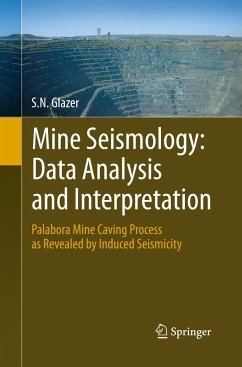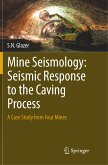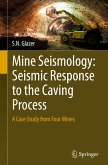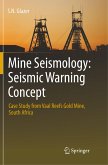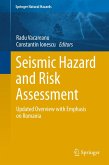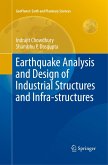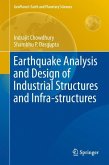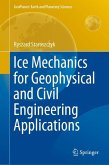This book offers an in-depth analysis and interpretation methods applicable to mine-induced seismicity. It is based on over 40 years of experience in mine and exploration geophysics. Another unique feature of this book is the complete history of the caving process as evidenced by the recorded seismicity at the South African copper mine Palabora Lift 1. Until now, the literature has only presented theory and case studies discussing the interpretation of results, and there has been no discussion of the input-data quality or why a certain interpretation technique was applied. This book fills that gap.
This book is a fascinating read, written by one of the world's leading mine seismologists. It summarises the history and progression of mine seismology. It outlines the practical use of back analysis of data and how it can be used on a daily basis. The book explains how mine seismology can be used as an effective monitoring tool for key events as the mine progresses as well as for future caving operations.Anthony Allman MAusIMM, CP(Min), RPEQ Antcia Consulting Pty Ltd, Director, Mining Engineer
The content of the book is really solid and robust and I have no doubt it is going to be considered a great contribution for the mining community.Raul Fuentes, Former Director of Master Program in Geomechanics Applied to Mining, Universidad de los Andes, Santiago, Chile
This book is long overdue and helps to present some difficult concepts in a way that they can be clearly understood by non-experts in this area. Stefan has personally managed to take mine seismology from being a black-art into a useful tool to help make mines a safer and more controlled environment. Neil Hepworth C. Eng, MIMMM, Geomin Consultorio - Brazil, Consultant Mining and Geotechnics
Seismic monitoring is an important tool in cave management. The information from monitoring allows a number of key production factors to be determined including cave advance rates, the approximate location of the cave back, insight into the size of the air gap and allows the tracking of broad changes in stress. These all assist in the day to day management of a safe and successful cave. Dr. Glazer's book provides guidance on the application of microseismicity to cave management through a review of appropriate theory and more importantly illustrates its use through case histories, particularly from the Palabora block cave. The text will be a good addition for all practitioners in cave engineering and operations.Allan Moss, General Manager - Grasberg Underground Liaison, Copper Development, Rio Tinto
This book is a fascinating read, written by one of the world's leading mine seismologists. It summarises the history and progression of mine seismology. It outlines the practical use of back analysis of data and how it can be used on a daily basis. The book explains how mine seismology can be used as an effective monitoring tool for key events as the mine progresses as well as for future caving operations.Anthony Allman MAusIMM, CP(Min), RPEQ Antcia Consulting Pty Ltd, Director, Mining Engineer
The content of the book is really solid and robust and I have no doubt it is going to be considered a great contribution for the mining community.Raul Fuentes, Former Director of Master Program in Geomechanics Applied to Mining, Universidad de los Andes, Santiago, Chile
This book is long overdue and helps to present some difficult concepts in a way that they can be clearly understood by non-experts in this area. Stefan has personally managed to take mine seismology from being a black-art into a useful tool to help make mines a safer and more controlled environment. Neil Hepworth C. Eng, MIMMM, Geomin Consultorio - Brazil, Consultant Mining and Geotechnics
Seismic monitoring is an important tool in cave management. The information from monitoring allows a number of key production factors to be determined including cave advance rates, the approximate location of the cave back, insight into the size of the air gap and allows the tracking of broad changes in stress. These all assist in the day to day management of a safe and successful cave. Dr. Glazer's book provides guidance on the application of microseismicity to cave management through a review of appropriate theory and more importantly illustrates its use through case histories, particularly from the Palabora block cave. The text will be a good addition for all practitioners in cave engineering and operations.Allan Moss, General Manager - Grasberg Underground Liaison, Copper Development, Rio Tinto

